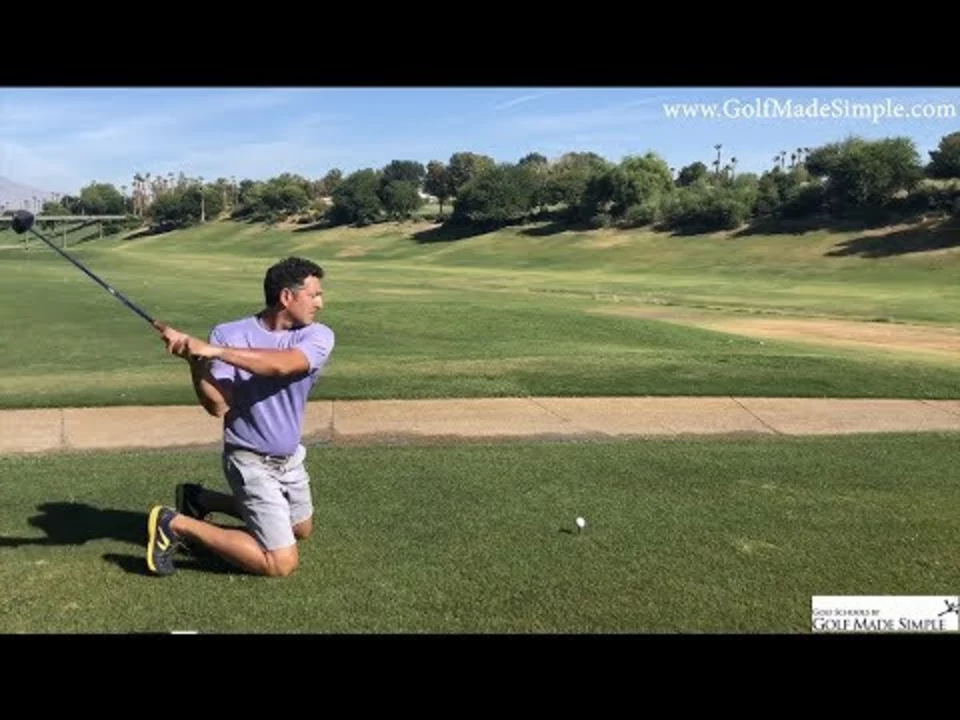Distance in Golf and Sports – Why It Matters
When talking about distance, the measurable length between two points, usually expressed in yards or meters, that directly impacts how a game is played and scored. Also known as range, it drives strategy, influences equipment selection, and sets performance benchmarks. In everyday terms, distance is the factor that tells a golfer how far a drive will travel, a runner how long a race is, or a disc‑golf player how far a throw must go. Because distance shapes outcomes, athletes and coaches spend time measuring, optimizing, and adapting to it.
How distance shapes the game of golf
Golf golf, a sport where players aim to move a ball into a series of holes using the fewest strokes is built around distance calculations. A long driver stroke, known as drive distance, can shave several strokes off a round, while short‑range wedges rely on precise distance control to land the ball near the pin. Course designers set hole lengths to test a player’s ability to manage both long and short distances, and club makers tune loft, shaft length, and material to maximize distance for each swing style. The relationship between distance and score is evident: lower scores often come from players who consistently hit their intended distances.
Beyond the fairway, sports equipment, the clubs, balls, shoes and other gear used by athletes directly influences how far a ball or disc travels. Titleist’s modern golf balls, for example, are engineered to reduce drag and increase launch speed, giving players extra yardage. In disc golf, brands like Innova craft discs with specific flight plates that affect distance and stability. Even footwear matters—lightweight shoes improve swing speed, indirectly boosting distance. Understanding the link between equipment and distance helps players choose the right tools for their skill level, whether they’re chasing a longer drive or tighter control on approach shots.
All these elements—measurement, strategy, gear—interact to define a player’s distance performance. The posts below explore real‑world examples: from how McLaren’s engineering tricks translate to vehicle range, to why the PGA is tightening rules that affect swing distance, and what disc‑golf brands do to extend flight length. Dive in to see how distance shapes outcomes across sports, equipment choices, and competitive results.

How far could you drive a golf ball on Mars?
In a recent thought experiment, I explored how far one could potentially drive a golf ball on Mars. Considering the planet's lower gravity and thinner atmosphere, it seems that a golf ball would travel much farther than on Earth. However, other factors such as wind resistance and temperature could impact the ball's trajectory as well. In conclusion, while we can't pinpoint an exact distance, it's safe to say that golfing on Mars would present a unique and exciting challenge. I'd love to see the day when we can finally test this theory in person!
Read more